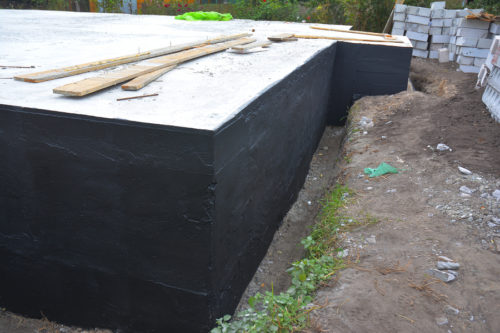
Waterproofing: From Roof to Foundation
[fa icon="calendar'] Dec 18, 2017 10:00:00 AM / by Mark McGivern, CSI, Aff. M. ASCE
Severe weather can cause extensive damage to a building’s roof, foundation, and interiors. If there is a breach in a structure's envelope, water is likely to find its way into the building. This is why it is critical to make a structure water resistant from top to bottom.
Read More [fa icon="long-arrow-right"]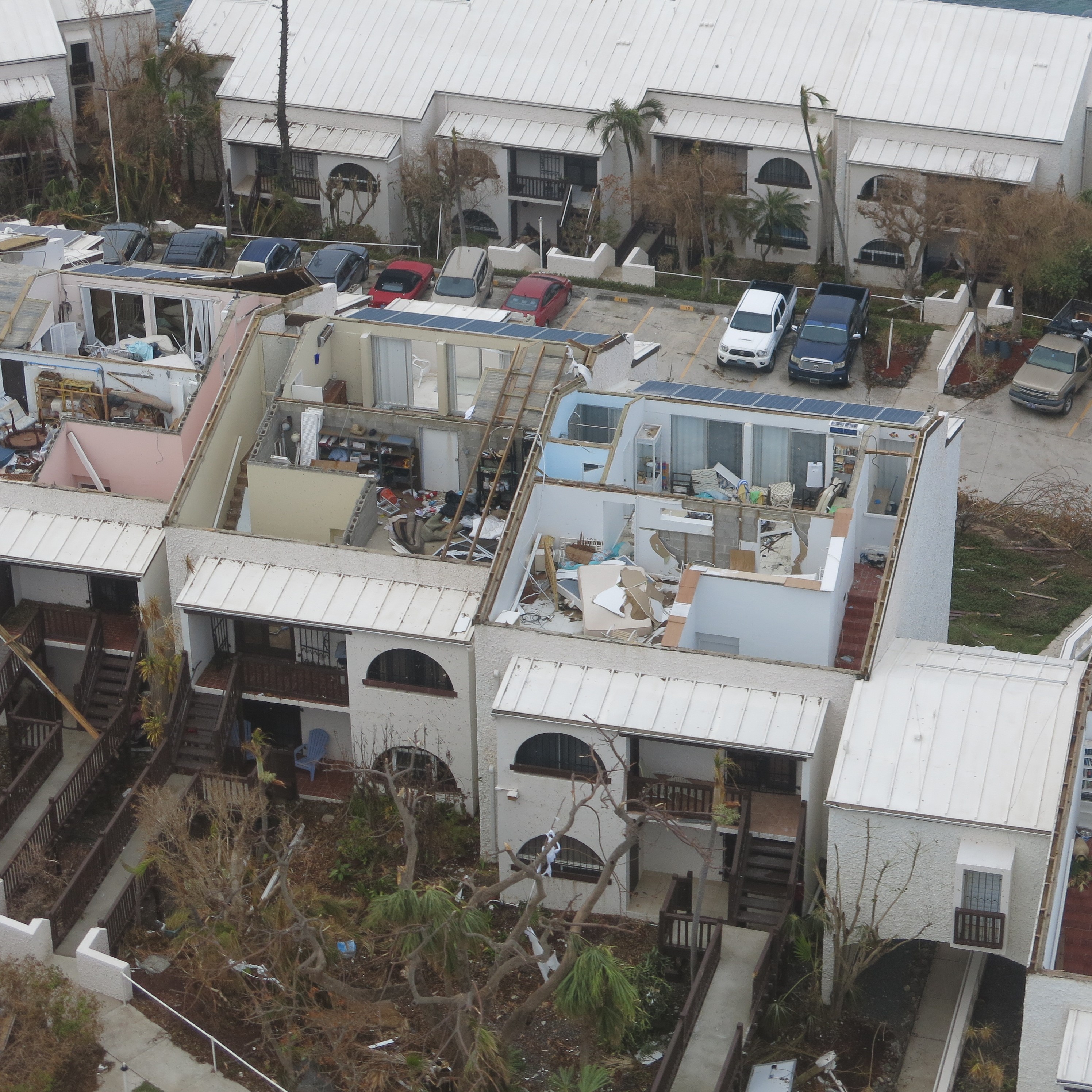
Hurricane Ties - Keeping the Lid On
[fa icon="calendar'] Nov 21, 2017 10:00:00 AM / by Kenneth R Quigley, PE
With the 2017 hurricane season coming to an end Harvey, Irma, Jose, and Maria affected large parts of the USA and Caribbean. Examples of roof uplift can be found in numerous structures. If a roof is not properly tied down the entire roof structure can be blown away as in this photograph from St. Thomas.
When hurricanes or high winds strike buildings the roofs can be sucked upward in the same manner as an airplane wing. In extreme cases the entire roof structure can get sucked off the building. Newer, hurricane-resistant structures incorporate hurricane ties - metal straps which attach the roof securely to the main part of the house below. Parts of the house are also tied together all of the way down to the foundation providing a path for the roof uplift forces all the way to the foundation. Without these ties, strong winds will make quick work of a roof.

Mold in walls after a hurricane or flooding
[fa icon="calendar'] Oct 19, 2017 4:00:00 PM / by Robert Pfeifer, AIA
Excessive growth of mold can destroy building materials and also cause health problems.
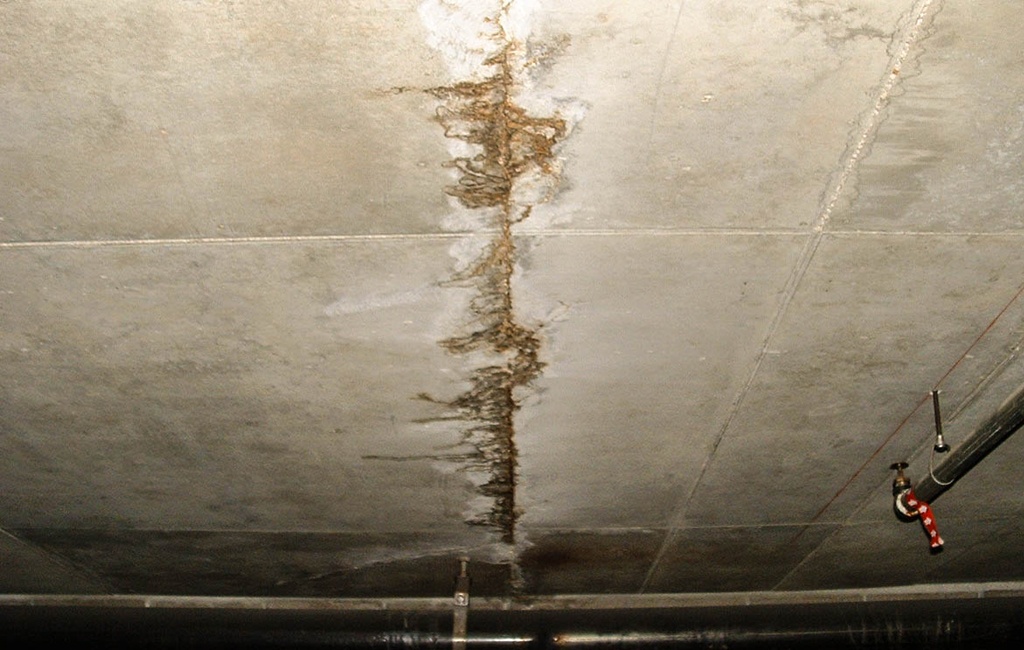
Water Damage During Construction
[fa icon="calendar'] Oct 11, 2017 3:55:00 PM / by Robert Pfeifer, AIA
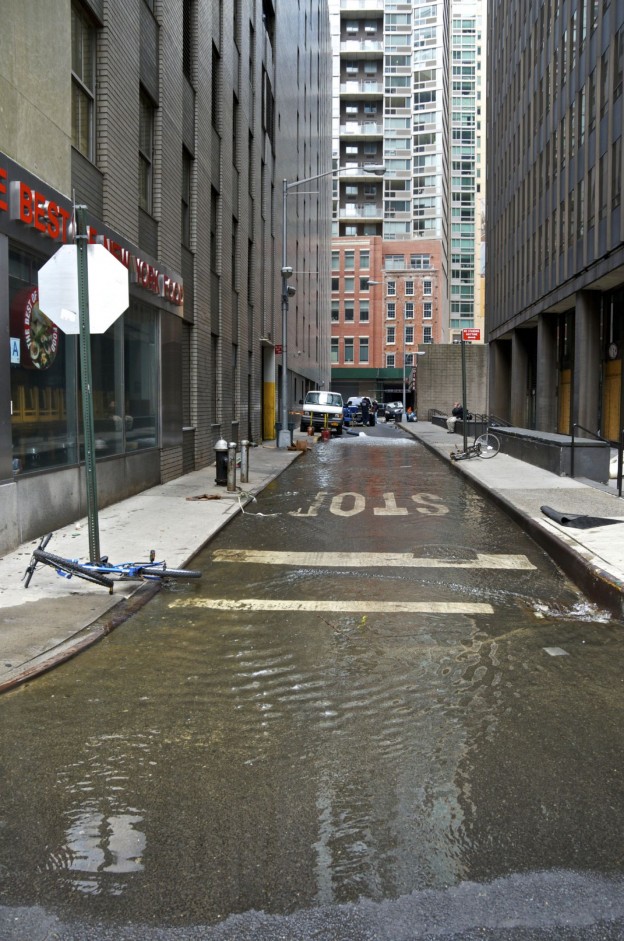
Protecting Infrastructures from Major Floods
[fa icon="calendar'] Sep 14, 2017 4:00:00 PM / by Kenneth R Quigley, PE
Flooding has dominated much of the news in recent years and this hurricane season it seems to be even more prevalent. The impact of this flooding is greater due to growing infrastructure and the rapid rate that new construction is going up.
Concrete is the modern world’s most commonly used building material however century-old concrete structures are outlasting modern concrete structures erected in the last 50-years. Why? One factor is the way in which the buildings are reinforced. According to a recent article in The Construction Specifier, instead of using solid stone, most U.S. infrastructure is constructed of reinforcing steel embedded within poured concrete. As the priorities of construction methods shift to increase productivity and streamline scheduling, long-term durability often takes a backseat.
The following article provides case studies about different reinforcement methods being employed to protect against major flooding. Read more.
Read More [fa icon="long-arrow-right"]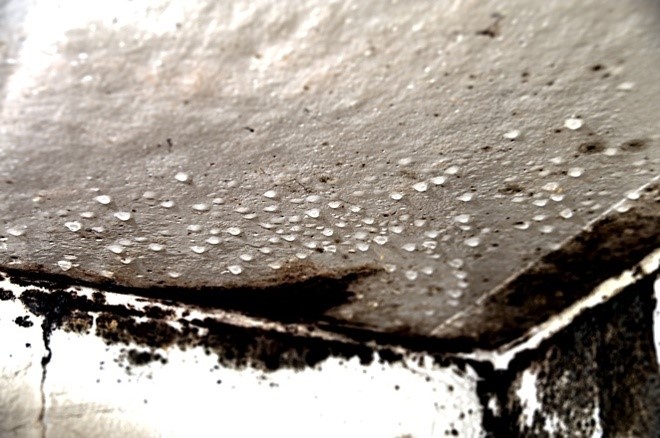
Mold Within City Buildings: A Common & Growing Issue Part 2
[fa icon="calendar'] Jul 20, 2017 2:52:00 PM / by Morris Yarjovski, CCPM, CCI
Part two of a three part series
In older buildings, the facility needs to be reviewed diagnostically. By that, I mean, the structure needs to be analyzed for what may be producing a problem, and not just from what can be designed better. In other words, we need to observe the sources that contribute to the growth of mold within the aging structure.
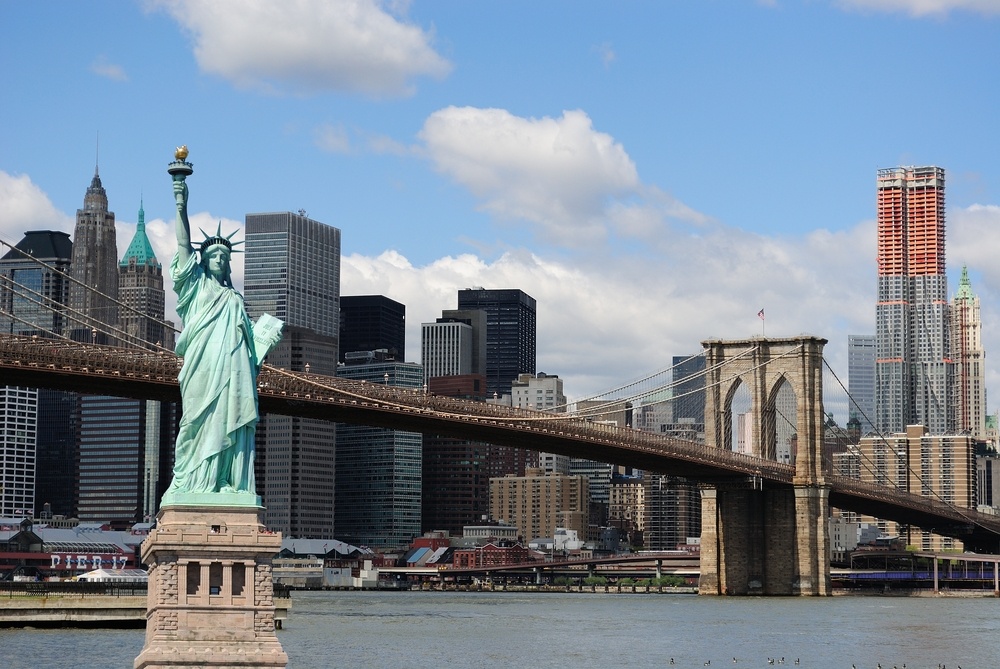
Mold Within City Buildings: A Common & Growing Issue
[fa icon="calendar'] Jun 20, 2017 7:48:22 AM / by Morris Yarjovski, CCPM, CCI
Part one of a three part series
If one was to do a random inspection for mold in a large city, like New York City, the likelihood of encountering it would be relatively high.

Avoiding "New Home Heartbreak"
[fa icon="calendar'] Jun 1, 2017 3:38:03 PM / by Diana Bass
Since 2010, more than 200 complaints about new home construction have been received by the the Indiana Attorney General's Office. Poor workmanship and failure to honor a warranty are some of the common complaints against builders.
Partnering with Call 6 Investigates in Indianapolis, ABC News recently interviewed CCA's CEO Mark McGivern. As a construction defect expert, McGivern provided perspective and insights into this situation:
Construction expert Mark McGivern said water intrusion is the biggest -- and the most expensive -- problem homeowners face.
"In some cases, it can cause mold, which then becomes a health concern," said McGivern, CEO of Construction Consulting Associates.
McGivern said there are a number of things a homeowner can do to protect themselves.
“Be an informed and educated consumer, and whether you’re buying a $200,000 house or a $2 million house, the rules apply as just good common sense,” said McGivern.
Watch the news story and hear more of McGivern's insights at the Call 6 website.
Read More [fa icon="long-arrow-right"]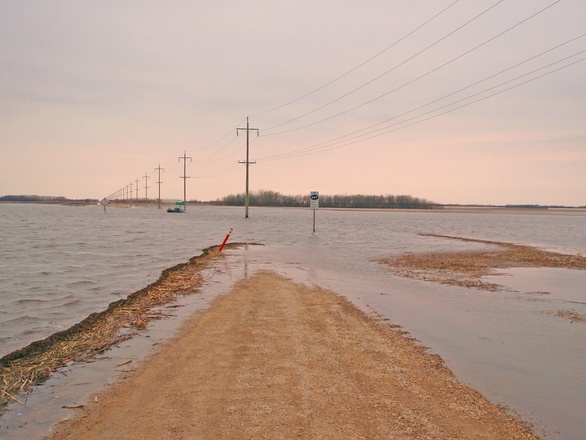
Climate Disasters Cost the U.S. $46 Billion
[fa icon="calendar'] Jan 17, 2017 11:21:13 AM / by Mark McGivern, CSI, Aff. M. ASCE
2016 was recorded as the second-warmest year to date according to NOAA's National Centers for Environmental Information report. According to NOAA, "Some extreme weather and climate events have increased in recent decades." A staggering $46 billion has been spent in damages due to climate-based disasters in 48 U.S. states. Unfortunately, these types of disasters not only cause monetary damages but have taken the lives of at least 138 people.
The yearly report included seven types of climate related disasters, which included droughts, hurricanes, and winter storms throughout the country. The news is opening up new discussions on how best to resiliently build in coastal areas that could be affected and where would the funds come from to pay for such mitigation. Once catastrophes occur, insurance companies and governmental agencies, such as FEMA and states, pay for losses. In addition, individuals absorb losses.
New Orleans Pushes to Finish Last Big Storm-Surge Project
[fa icon="calendar'] Aug 17, 2016 7:00:00 PM / by Kenneth R Quigley, PE
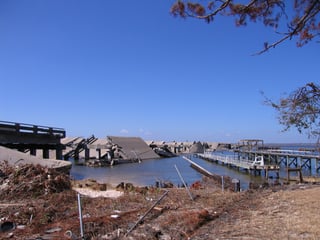 Since Hurricane Katrina first hit New Orleans in 2005, work has been ongoing to protect the city from future flooding.
Since Hurricane Katrina first hit New Orleans in 2005, work has been ongoing to protect the city from future flooding.
The Engineering News Record reported that the final step in building the permanent system will be completed in April 2017. As quoted from the article:
The $654-million Permanent Canal Closures and Pumps (PCCP) project now is the last major piece of the $14.6-billion storm risk-reduction system in low-lying New Orleans. The federally funded effort will give the city, which is from 2 ft to 20 ft below sea level, protection from a major storm that has a 1% annual chance of occurring, a so-called 100-year storm.
“The pre-Katrina system was a system in name only,” says Dan Bradley, Corps senior project manager for the PCCP project. “We’ve reduced [risk] by 35% with a true system approach to risk reduction.” Ricky Boyett, district Corps spokesman, adds. “Before, the canals were the first line of defense. Now, they are secondary."
Read more about the system by going to the full article here.
Read More [fa icon="long-arrow-right"]
